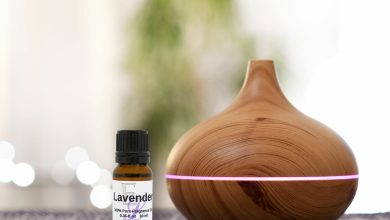Crafting a Tapestry of Lasting Love in Relationship

In the midst of life’s trials and tribulations, Sarah and Daniel discovered the immeasurable power of trust. Their strong Relationship nurtured their connection and deepened their love.
Effective communication is the cornerstone of healthy relationships. This collection of 45 relationship communication quotes reflects on the beauty of heartfelt conversations.
Tapestry Weaving
Tapestry weaving is weft-faced weaving, in which pictorial or abstract designs are woven into the fabric web by passing weft yarn over and under warp threads, completely hiding them. It can be done on an upright tapestry loom or a frame loom. If you want to build a stronger relationship with your partner, then Vidalista 5 medicine for it. This will bring you closer to your relationship. Tapestry weavers are experienced with using a variety of techniques to convey their ideas in yarn.
Typically, the tapestry weaver will start with a cartoon, which is a drawing or sketch of the design to be woven. This can be a simple or detailed drawing, but it is essential to the process. The cartoon will help the weaver keep track of where they are in their pattern, as well as the general size and placement of the different colors.
Once the cartoon is finished, it will be pinned or sewn to the underside of the tapestry loom and used as a guide while the weaver works. It is helpful to have the weft yarn already cut and ready to go, but if not, it can be passed back and forth between the warp threads and then picked up again for each row of weaving. The low cost of Vidalista 60 mg pill continues to reduce due to your happy memories.
When choosing the yarn for your project, consider how many warp threads you want it to cover as well as its color and texture. There are several yarn types that can be used in tapestry weaving including wool, cotton and silk. Wool is the easiest to work with but some weavers also use cotton or silk for a more delicate touch to their projects.
Tapestry Colors
There are many different colors that can be used in a tapestry. They can symbolize various moods or sentiments. Moreover, these colors can also make your living space look more lively and appealing. The colors you choose should be suitable for the backdrop of your home or office. The color schemes can be viewed in the Combo Library and searched using hex colors. This makes it easy for you to find the right color scheme for your project.
Unlike weavings in other forms of cloth, such as embroidery or printmaking, tapestries are “weft-faced.” This means that the weft threads carry the image, while the warp is strictly a stabilizer. The weft threads may be animal [wool] or vegetable [linen], and may be dyed prior to being woven.
It has been traditional to use wool for the weft threads because it is readily available, works well, and can be dyed in a wide range of colors. The warp, the parallel series of threads that run lengthwise, is often cotton.
Tapestry is a labor-intensive process. Weaving just one square meter of coarse tapestry could take a month for a single weaver. A large tapestry, even with several weavers working sitting side-by-side, can still take a year or more to complete. Nonetheless, the artistic freedom that comes with tapestry weaving and its ability to express ideas and concepts in a broad range of styles has made it an increasingly popular medium for contemporary artists to explore.
Tapestry Patterns
A qualified New York marriage and couples therapist can bring back the harmony in your relationship by helping you learn new communication skills, increase intimacy, and work through recurring conflicts.
In this workshop, you will play with color, texture and basic weaving on a hand-crafted loom to design your own woven wall tapestry. This workshop is a great way to relax and get creative while learning how to make your own unique decorative piece for your home.
Tapestries are a remarkably versatile decorative home decor item that can be used in a variety of ways to add an artistic touch to any room. They are available in various lengths, shapes and sizes, and can be made from a wide range of materials. There are also many different patterns and decorations to choose from that can be used to create a bespoke tapestry.
The work of William Kentridge partakes to some degree in the complex history of tapestry, but at the same time departs from it, defying some of its recurrent assumptions. These include the distinction between art and craft, which has historically helped to define the autonomy of works of art and impose limits on their potentially unlimited manifestations by restricting them to a countable number of artistic activities.




